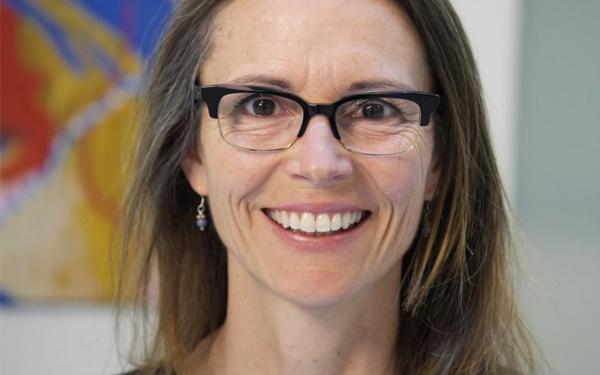
High Dose Vitamin D Supplementation Does Not Improve Muscle Function and May Increase the Risk of Falls

High Dose Vitamin D Supplementation Does Not Improve Muscle Function and May Increase the Risk of Falls
Updated: November 25 2024
Update Authors: Dr. Adrian Lau, Dr. Rowena Ridout, Dr. Laetitia Michou, Dr. Claudia Gagnon, Dr. Vithika Sivabalasundaram, Dr. Emma Billington, Dr. Zahra Bardai
Vitamin D supplementation has recently been evaluated in Switzerland in a small one-year randomized clinical trial by Bischoff-Ferrari and colleagues (1). This study compared the effects of two “high” doses of vitamin D (60,000 IU of vitamin D3 per month or 24,000 IU vitamin D3 plus 300 mg of calcifediol per month) to a standard dose of 24000 IU per month (equivalent to 800 IU per day). The study did not include a control group receiving zero vitamin D supplementation. The study was completed in 200 men and women over the age of 70 years. The people enrolled in the study had at least 1 fall before entering the study.
High-dose vitamin D did not result in improvements in strength in the lower limbs. In fact, there were actually more falls in the high-dose vitamin D groups in comparison to the standard dose 24,000 IU Vitamin D monthly. Therefore, increasing vitamin D intake above standard recommended intake levels provided no benefit with respect to muscle strength, and was actually associated with an increased risk of falling. A recent systematic review and meta-analysis of 15 randomized controlled trials also showed that intermittent or single high-dose vitamin D supplementation has no preventive effect on the risk of falls and may even increase the risk of falls (2).
Patients should discuss their vitamin D requirements with their health care professionals before making any changes to their routines. We encourage patients with osteoporosis to continue with their current vitamin D supplementation, as per the current Osteoporosis Canada Guideline (3), and according to their personal clinical needs.
As few foods contain vitamin D, Health Canada recommends that all Canadians over age 50 years take 400 IU of vitamin D per day (4).
- Bischoff-Ferrari HA, Dawson-Hughes B, Orav EJ et al. Monthly high-dose vitamin D treatment for the prevention of functional decline: A randomized clinical trial. JAMA Intern Med. 2016 Feb; 176(2): 175-83. doi: 10.1001/jamainternmed.2015.7148.
- Myung S-K, Cho E. Effects of intermittent or single high-dose vitamin D supplementation on risk of falls and fractures: a systematic review and meta-analysis. Osteoporosis Int. 2023 Aug; 34(8): 1355-67. doi: 10.1007/s00198-023-06761-3.
- Morin SN, Feldman S, Funnell L et. al. Clinical practice guideline for management of osteoporosis and fracture prevention in Canada: 2023 update. CMAJ 2023 October 10;195:E1333-48. doi: 10.1503/cmaj.221647.
- https://www.canada.ca/en/health-canada/services/nutrients/vitamin-d.html.
Scientific Advisory Council
Osteoporosis Canada’s rapid response team, made up of members of the Scientific Advisory Council, creates position statements as news breaks regarding osteoporosis. The position statements are used to inform both the healthcare professional and the patient. The Scientific Advisory Council (SAC) is made up of experts in Osteoporosis and bone metabolism and is a volunteer membership.

